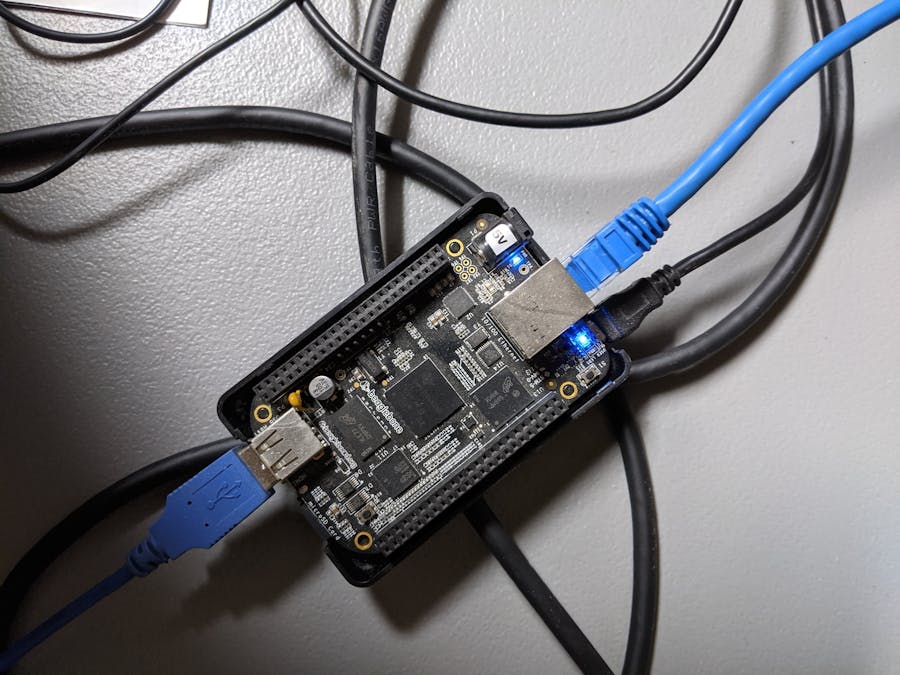Here is the first installment of a long project that will take more time to complete.
...
I have currently been trying to start a repo. of the required software from Teknic that can be found here: https://github.com/silver2row/Teknic_BBB .
...
I will think about installing the https://www.centroidcnc.com/centroid_diy/acorn_cnc_controller.html which works with Teknic servos. We shall see!
So far, I have put together some nice hardware with some nice software.
The BeagleBone Black is handling the Linux side of the source while the rest of the hardware is handling the power consumption, faltering (if any) power supplies with specified cords/cables, and I thought now would be a good time to document it for others to test and see.
The SDK comes with some nice ideas on how to get up and running quickly.
So, if you are interested, sign in to the teknic.com site, purchase some of their modest priced machinery, and get crackin' w/ their SDK and the BeagleBone Black.
I have found the SDK to be a bit complicated but that is b/c I am still youthful in programming and not seasoned yet.
...
Seth
P.S. If you have any ideas or you plan on working w/ their hardware and software, you can sign in to their website and download the linux.SDK.tar file they have listed under the Downloads section. Hopefully, this will turn into something outside of this neat prelude. So, build, build, build!







Comments